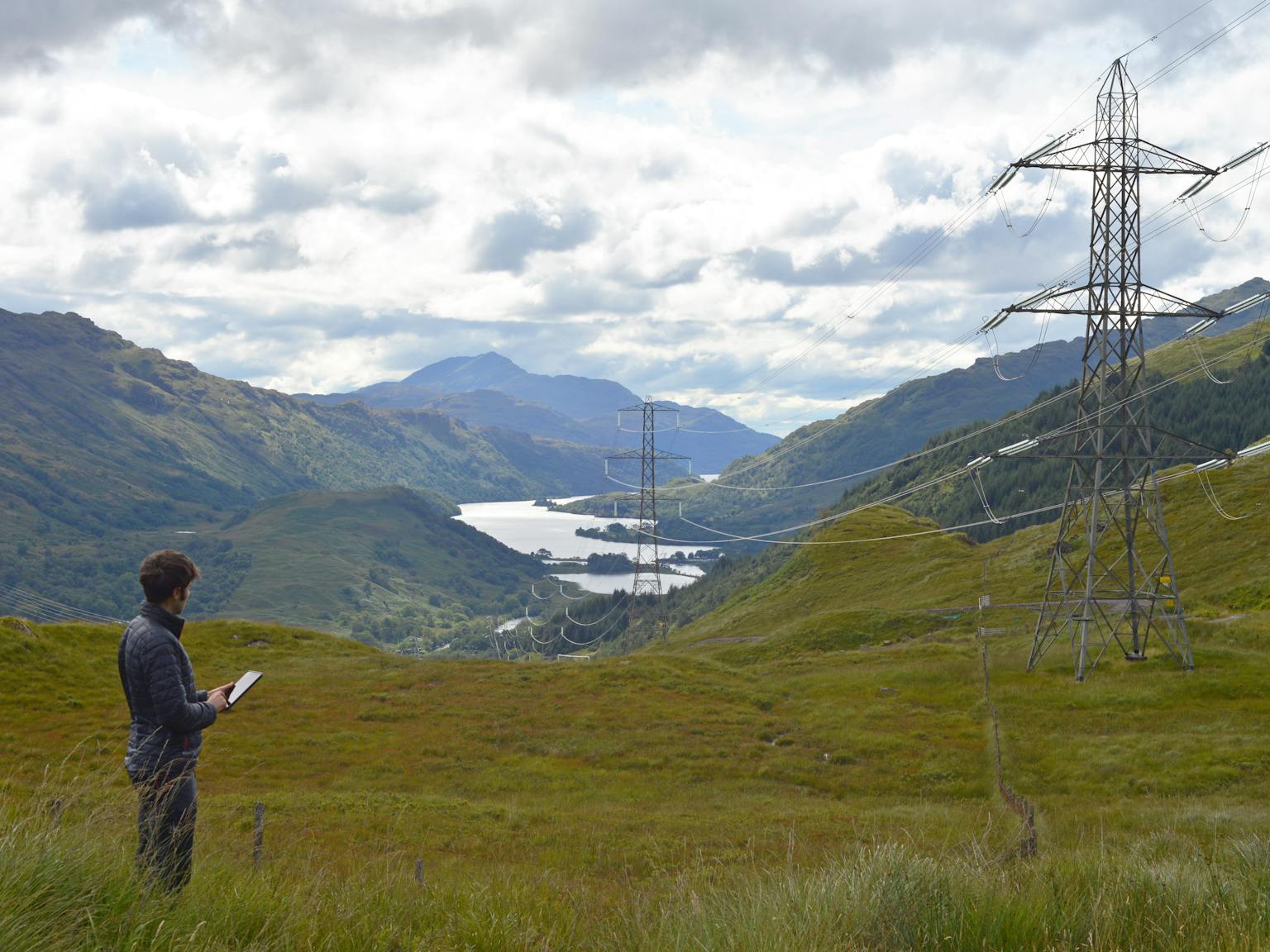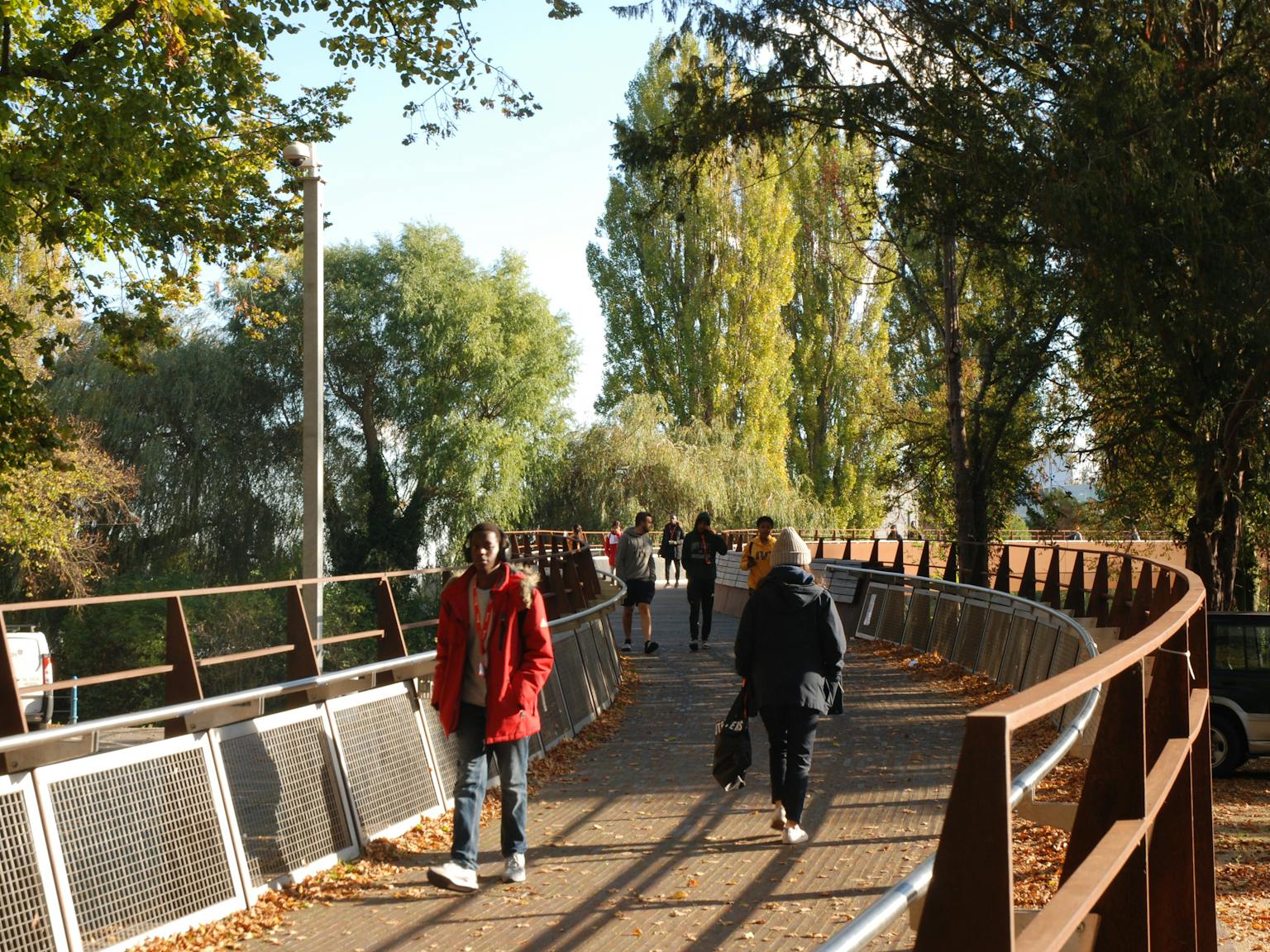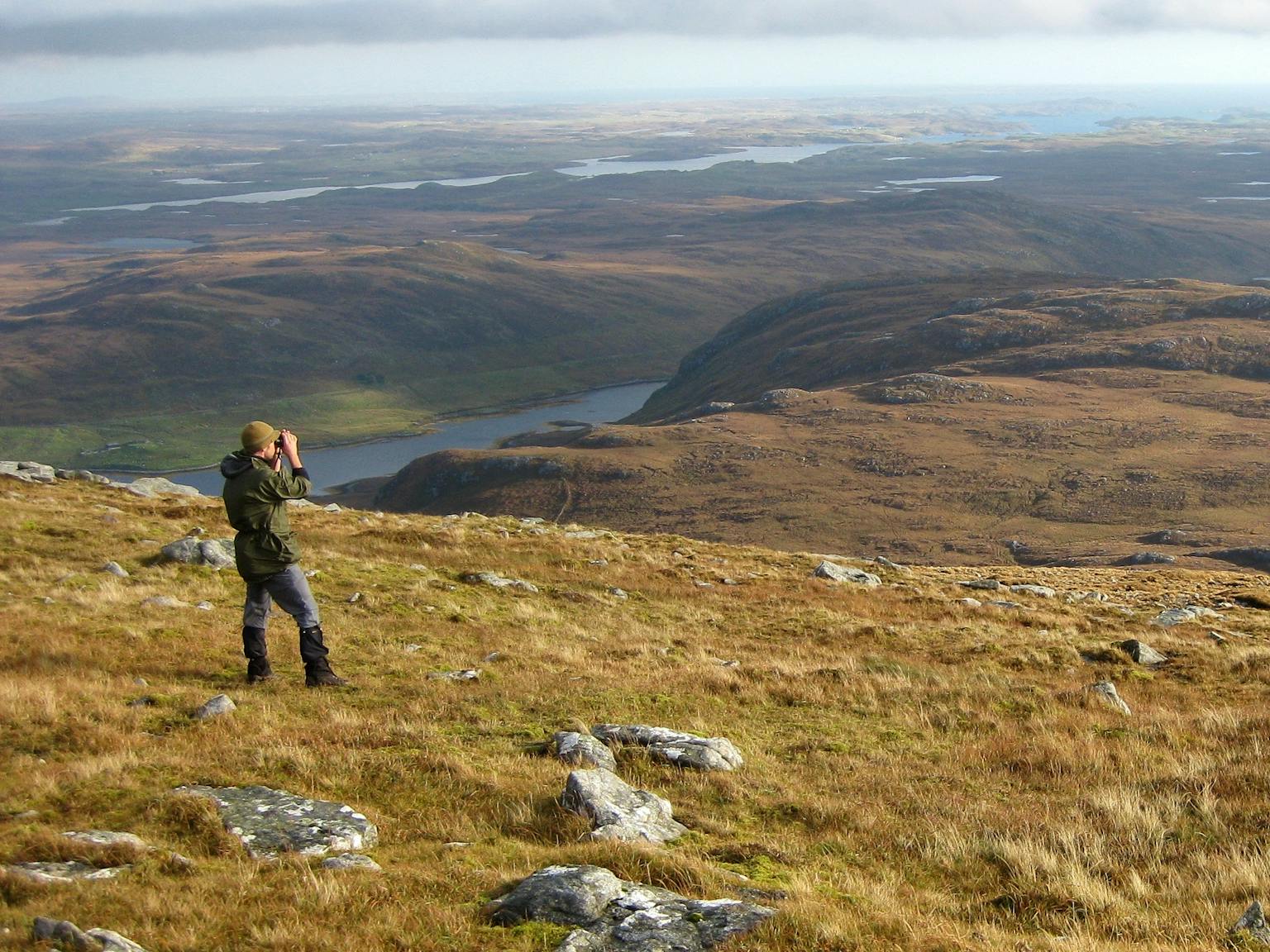
What is Green Infrastructure?
What is Green Infrastructure?
Green infrastructure (GI) refers to an interconnected, multifunctional network of high quality green space which can deliver quality of life and environmental benefits for communities, including increasing permeability through the landscape for humans and wildlife. GI assets are found in a variety of forms and scales, for example: green roofs and walls, parks and gardens, woodlands, ponds and streams, nature reserves and National Parks, coastlines, cycleways and footpaths etc.
Whilst it is acknowledged that GI is a subjective term, there are three main concepts which are frequently associated with GI: ecosystem services, multifunctionality and connectivity.
Ecosystem services are the aspects of the environment that provide a service and benefits to people. They are life-supporting functions that can be grouped into the following categories: support (i.e. required for all other ecosystem services to function, such as nutrient cycling, pollination, soil formation etc.); provision (e.g. food, water, fuel, aggregates etc.); regulation (e.g. erosion and climate control), and culture (e.g. recreational and educational experiences)[i].
GI is multifunctional, providing countless functions which often deliver benefits from socio-cultural, economic and ecological angles. In addition to ecosystem services, GI provides opportunities for the public to enjoy and engage with nature, whether it is for recreational or educational purposes or by means of active and sustainable transport. This can subsequently lead to improvements in health and well-being.
“The whole is greater than the sum of its parts.”
GI provides the opportunity to increase connectivity through landscapes, for both humans and wildlife. This is increasingly important as landscapes are becoming progressively more fragmented. It is imperative that in moving forward with the approach of a better-connected environment, areas of green space and any connecting links are well protected, enabling the creation of a coherent and permeable GI network. Main areas of green space or ‘cores’ are the fundamental building blocks to GI networks, with corridors (e.g. cycleways, rivers, tree belts etc.) and ‘stepping stones’ (e.g. numerous small areas of green space, such as a sequence of parks or wildlife sites) providing links throughout the wider landscape. This concept is illustrated below.
Delivering Green Infrastructure
The 25-Year Environment Plan[ii] outlines that we should be creating more GI. It is recognised that GI should operate at all spatial scales from local (e.g. street trees, allotments, parks, gardens, and green roofs etc.) to strategic scale (e.g. National Parks), in both urban and rural environments.
LUC has considerable experience in planning for GI from the local (e.g. site) level up to the strategic (e.g. local authority or regional) level. We recognise the importance of GI in placemaking and the vital role it plays in providing benefits for biodiversity and climate change, together with improving the overall quality of our spaces. Through our master planning services, we advise local authorities and developers on effective ways to positively enhance existing GI assets and identify suitable areas of land for the creation of new GI features. Detailed plans are also produced to guide the design and delivery of GI throughout proposed development sites and the surrounding areas. This draws on our long-established core skills in green infrastructure, landscape design, landscape management, ecology and planning.
To talk to us about our Masterplanning services and Landscape Management and Green Infrastructure services, please contact Matthew Parkhill.
[i] Lawton et al. (2010) Making Space for Nature: a review of England’s wildlife sites and ecological network. Report to Defra.
[ii] HM Government (2018). A Green Future: Our 25-Year Plan to Improve the Environment










